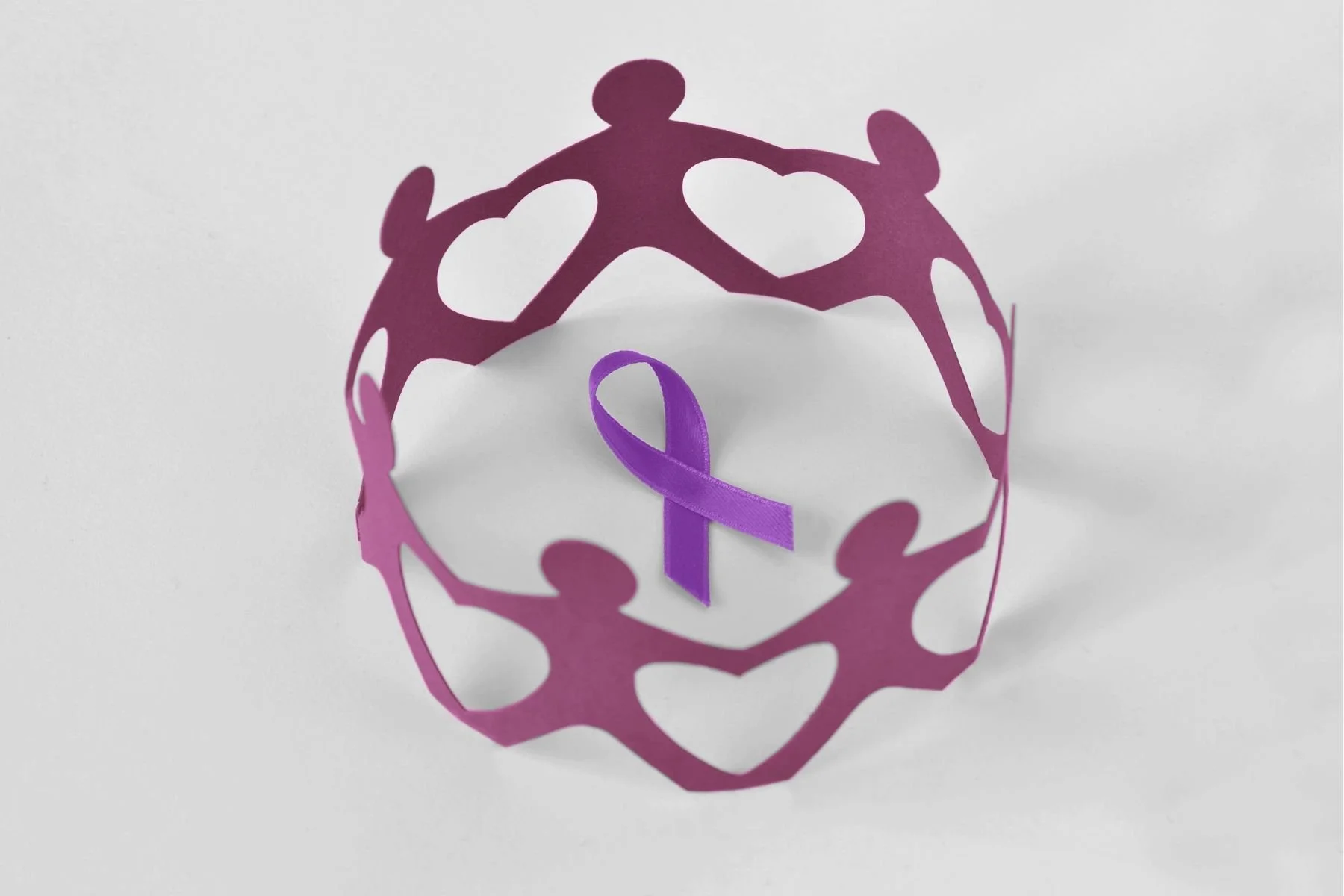Survivor Webpage - Center on Partner-Inflicted Brain Injury
The Center on Partner-Inflicted Brain Injury within the Ohio Domestic Violence Network has created a new webpage for survivors of domestic or intimate partner violence on how head injuries and strangulation can hurt your brain. The page contains an introductory video, and lists facts and challenges related to brain injury.
CARE Health Advocacy Intervention & Tools
The Ohio State University and the Ohio Domestic Violence Network published these two journal articles in the Journal of Head Trauma Rehabilitation on the CARE approach, a framework that offers advocates specific tools and strategies for working with survivors who may have experienced head trauma or brain injury that affect their ability to access services and resources they might need.
eLearning Series on Partner-Inflicted Brain Injury
The Center on Partner-Inflicted Brain Injury has developed a 7-part eLearning series on Strangulation, Traumatic Brain Injury, and Domestic Violence, for the domestic violence field and others who work with survivors of partner-inflicted brain injury. This is free and available for anyone and was designed to provide training to DV programs on brain injury and help them better understand why this issue is important in their work.
OSU: Discovery through Community Research Partnerships
This nine minute video, shared by Dr. Julianna Nemeth with The Ohio State University community, highlights how the strong partnership between ODVN and OSU discovered a huge unidentified public health crisis--brain injury caused by interpersonal violence, including partner-inflicted brain injury--as well as ODVN's CARE framework to meet the needs of survivors impacted by brain injury in DV programs.
Virginia Fact Sheet on TBI and Domestic Violence
“Current data on the intersection between domestic violence and traumatic brain injury (TBI) is limited in part because little research has been done on this population and because many instances of abuse go unreported by victims.”
Ohio Fact Sheet: Domestic Violence Hurts the Brain
This project of the Ohio Domestic Violence Network provides statewide, national and international leadership to raise awareness on the emerging area of brain injury caused by domestic violence.
Nebraska Brain Injury in Domestic Violence
Brain Injury Alliance of Nebraska partnered with the University of Nebraska - Lincoln, the University of Nebraska Medical Center, and organizations in the Lincoln and Omaha areas providing services to domestic violence survivors, to look into how common brain injuries are in Nebraska domestic violence survivors. Brain Injury Alliance of Nebraska and its partners' study found that 58% of individuals screened in two Nebraska domestic violence programs screened positive for brain injury.
GAO Report on Domestic Violence: Improved Data Needed to Identify the Prevalence of Brain Injuries among Victims
“Brain injuries may be common in domestic violence victims, and such injuries may be under-diagnosed and under-treated. There is little federal data on the prevalence of this public health problem, so it’s uncertain whether federal resources are addressing it efficiently. We recommended that the Department of Health and Human Services improve data collection.”
Futures Without Violence
For more than 30 years, FUTURES has been providing groundbreaking programs, policies, and campaigns that empower individuals and organizations working to end violence against women and children around the world.
Alabama Fact Sheet: Workforce Accommodations
Research studies on the incidence of traumatic brain injury in domestic violence cases have revealed: greater than 90% of all injuries secondary to domestic violence occur to the head, neck or face region.
Intimate Partner Violence and Child Abuse Considerations During COVID-19
As the COVID-19 pandemic continues, Americans are required to stay home to protect themselves and their communities. However, the home may not be safe for many families who experience domestic violence, which may include both intimate partners and children.
This article from the Substance Abuse and Mental Health Services Administration provides and overview and introduction to resources for intimate partner violence and child abuse considerations during COVID-19.











